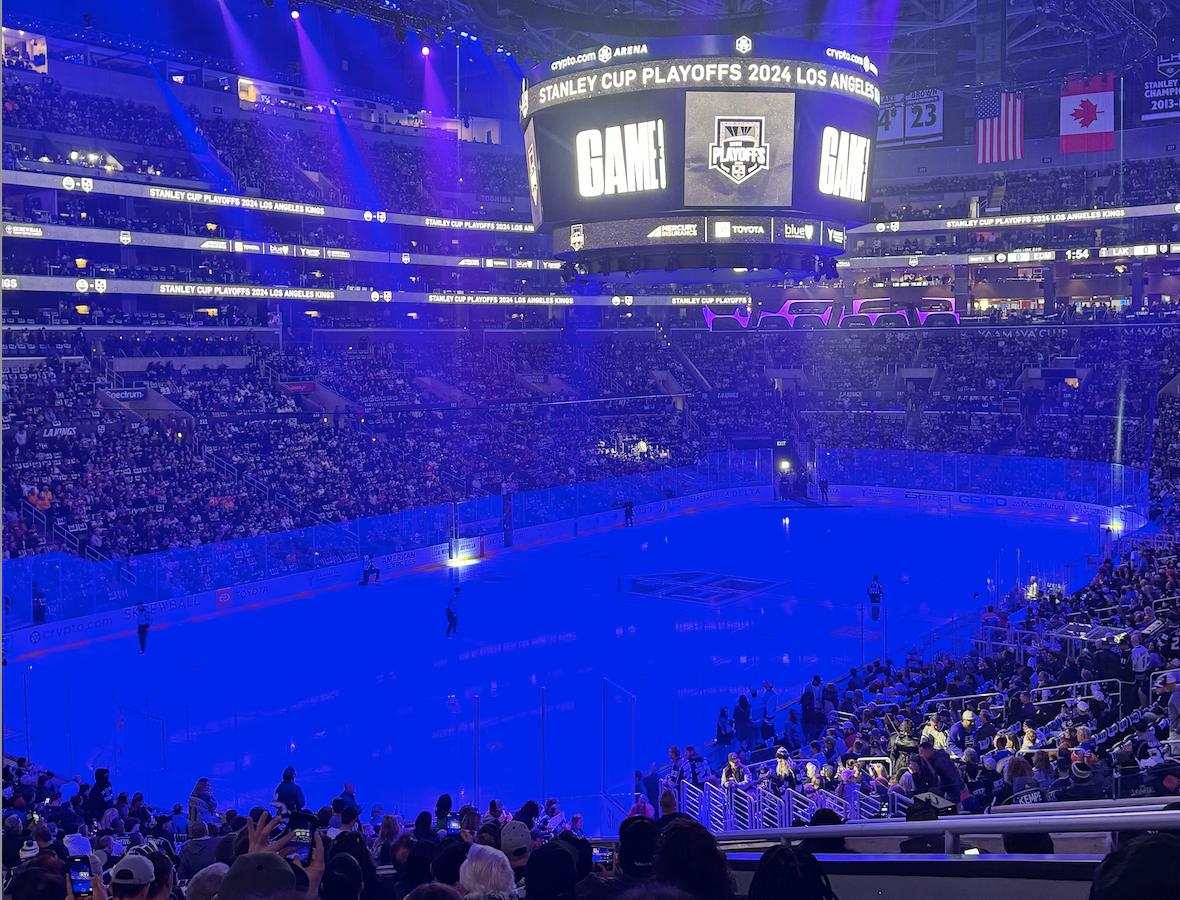Northwest Division Goaltenders Vs. Average
What kind of player is a league-average goaltender? How do goaltenders in the Northwest Division stack up?
Traditionally, any goaltender with a save percentage above .900 is regarded as a decent goaltender. However, given that so few goaltenders ever land below that mark, it seemed safe to assume that the “average goaltender” posted a better save percentage than that number.
One method to figure out what an average goaltender posts in terms of save percentage would be to go through them all and average the results. Fortunately, there’s an easier way. Last year, NHL teams scored 7006 goals on 74302 shots (not counting the shootout). Of those, 227 were empty-net goals; so we deduct 227 from both the goals and shot totals (since for a shot to be counted, it can’t be blocked and needs to be inside the crease, obviously the ratio of empty net shots to empty net goals is 1:1). Then we run our math:
- 1 – 6779 / 74075 = .90849 = .908 SV% (*math corrected as per comments below)
Some notes about our average number. Obviously, each NHL team has two goaltenders, and in most cases the more successful goaltender plays the vast majority of the games. This should result in a top-heavy curve; in other words, most starters should be right above this mark, since the effect of the starters on the average is much greater than the effect of the backups.
In any case, using this number, how do Northwest Division goaltenders fare? Let’s have a look:
- Josh Harding: .929
- Craig Anderson: .924
- Niklas Backstrom: .923
- Roberto Luongo: .920
- Nikolai Khabibulin: .919
- AVERAGE: .908
- Miikka Kiprusoff: .903
- Jeff Drouin-Deslauriers: .901
- Peter Budaj: .899
- Andrew Raycroft: .892
- Curtis McElhinney: .889
- Cory Schneider: .877
Now unfortunately I have no way to compensate for the relative strengths of these players teams; I’d guess that Harding and Backstrom would both find themselves lower on this chart if they hadn’t spent last season in Minnesota, but with Jacques Lemaire gone we should get a better read on both of them next season.
It’s also nice to see Nikolai Khabibulin where he is on this list; granted, this has been his strongest season in the last half-dozen years, but he certainly provided better-than-average goaltending last season, although he’s still probably only the third-best goaltender in the Northwest (unless Craig Anderson is for real).
The most interesting player in any save percentage comparison remains Miikka Kiprusoff, a player some people were floating as a Vezina candidate based on his win totals. Here’s the thing: even a middling goaltender will post pretty win totals if he plays 70 games on a very good team. Kiprusoff has a massive contract, lousy totals, and is the biggest question mark about the Calgary Flames at this point in time.
The most interesting player in any save percentage comparison remains Miikka Kiprusoff, a player some people were floating as a Vezina candidate based on his win totals. Here’s the thing: even a middling goaltender will post pretty win totals if he plays 70 games on a very good team. Kiprusoff has a massive contract, lousy totals, and is the biggest question mark about the Calgary Flames at this point in time.
Unsurprisingly, 3 of the 4 young/developing goaltenders (JDD/McElhinney/Schneider) posted sub-average results, and of course Colorado’s goaltending tandem was awful last season as well.
The final point I will make is simply this: a player below the average mark, or just barely above it, has almost no value to an NHL team. Alex Auld, to use the most recent example, played 43 games and posted a .911 SV% on a lousy Ottawa team last season. He was just dealt to the Dallas Stars for a 6th round pick. He’s played 183 NHL games over his career, with a career save percentage of .905; the mind-boggling thing is that he was originally a second-round draft pick. With forwards and defenseman, a decent career (which Auld has had) increases value, particularly a) coming off a strong season and b) being in their prime (Auld is 28). Auld was viewed as more valuable by NHL teams as a 17-year old wild card than he is as a seasoned goaltender in his prime coming off a strong season – and that tells me that NHL teams should rethink their approach to goaltending prospects.
Recent articles from Jonathan Willis






